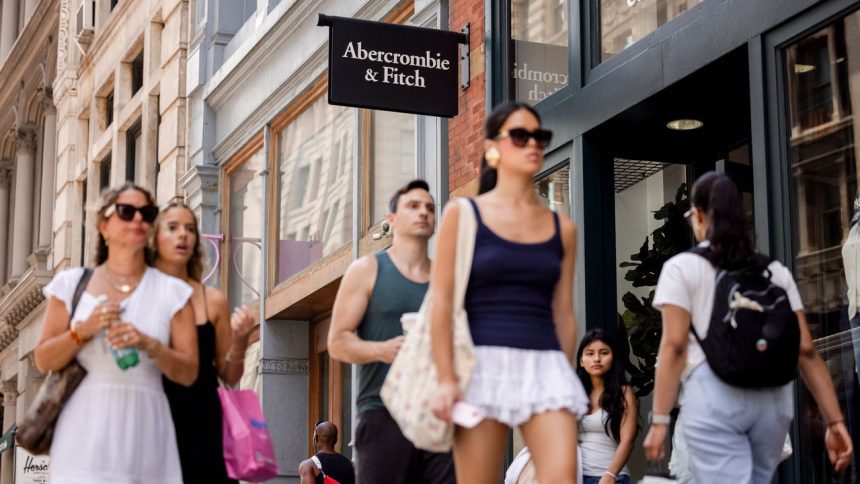Abercrombie & Fitch: The Resurgence of a Fashion Icon Among Youth
From Struggles to Success
Abercrombie & Fitch, which faced significant challenges in the past, has now experienced a remarkable transformation and resurgence. Once known for its exclusionary branding and controversial marketing strategies, the company has reinvented itself to capture the hearts of both millennials and Gen Z consumers.
A Shift in Brand Identity
The retail landscape has evolved dramatically over the last decade, with younger shoppers increasingly gravitating towards brands that reflect inclusivity and authenticity. Abercrombie responded to this shift by re-evaluating its image, product offerings, and overall customer engagement strategies. By prioritizing diversity in advertising campaigns and expanding its size range, Abercrombie is redefining what it means to be fashionable.
Embracing Diversity
In line with current trends that favor representation, Abercrombie & Fitch began featuring models of varying backgrounds, shapes, and sizes in their promotional materials. This strategic move resonated with customers seeking relatable brand connections. According to recent surveys conducted by market research firms, 72% of young shoppers now prefer brands that demonstrate social responsibility through inclusive practices.
Innovative Marketing Strategies
While traditional marketing methods are still prevalent within fashion retailing, Abercrombie’s fresh approach encompasses digital platforms effectively. Their focus on influencer collaborations across platforms like Instagram TikTok serves as a catalyst for connecting with younger demographics who value peer recommendations over conventional advertisements.
Leveraging Social Media Trends
Engaging directly with consumers via social media channels allows brands like Abercrombie to stay attuned to emerging trends and youthful preferences rapidly. For instance, partnerships with popular influencers have resulted in buzzworthy content that showcases casual styles appealing directly to everyday wearers—a stark contrast from their earlier emphasis on nightlife attire.
Product Redesign for Modern Appeal
Beyond merely changing their messaging approach; product designs have also evolved—introducing more versatile wardrobe staples catering not just to leisure but also professional settings. This well-rounded strategy ensures continued relevance amid fast-paced fashion cycles while appealing simultaneously across various age brackets within the millennial–Gen Z spectrum.
The Statistics Speak
Current data indicates a significant uptick in sales for companies actively engaging younger audiences through innovation—Abercrombie reported growth rates exceeding 25% year-over-year as they adapt quickly toward meeting new consumer expectations following these shifts.
In Conclusion: A New Chapter Begins
What once seemed an insular brand struggling against contemporary demands is now thriving amidst evolving consumer landscapes. By embracing change thoughtfully—both philosophically concerning identity aspects alongside pragmatic decisions about products—Abercrombie & Fitch reflects how adaptive businesses can flourish even after facing downturns historically marked by misalignment between market desires versus company ethos.






